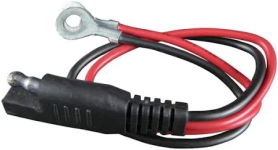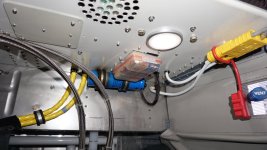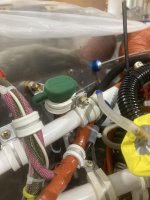rmartingt
Well Known Member
I'm putting in a ground power connection for running avionics etc. but not for jump-starting or charging. I'd like to use a simple "SAE" DC connector but there's no hard standard for polarity, so I'd like to put some form of polarity protection in place.
I've thought of two different ways of accomplishing this. The first would use a relay with a diode in the circuit that operates the coil, and wouldn't allow the relay to close unless the polarity is correct.
The second way is to use a rectifier diode, accepting the voltage drop in favor of simpler installation.
Theoretically, I could even set both of them up to operate regardless of the polarity, which could be useful.
Any thoughts from the peanut gallery?
I've thought of two different ways of accomplishing this. The first would use a relay with a diode in the circuit that operates the coil, and wouldn't allow the relay to close unless the polarity is correct.
The second way is to use a rectifier diode, accepting the voltage drop in favor of simpler installation.
Theoretically, I could even set both of them up to operate regardless of the polarity, which could be useful.
Any thoughts from the peanut gallery?







